Do you have a question about the Nordyne T4BE Series and is the answer not in the manual?
| SEER | Up to 14 |
|---|---|
| HSPF | Up to 8.2 |
| Refrigerant | R-410A |
| Voltage | 208/230V |
| Phase | 1 |
Critical warnings regarding system pressures and qualified personnel.
Procedures for connecting refrigerant lines and wiring power/control circuits.
Steps for initial system startup and functional checks, including air filters and thermostat settings.
How to interpret diagnostic LEDs and troubleshoot cooling problems.
Detailed explanations of LED indicators and their corresponding troubleshooting information.
Critical caution regarding refrigerant charge adjustment by qualified personnel only.
Chart for charging a 1.5 Ton heat pump in cooling mode using liquid pressure and temperature.
Chart for charging a 2.5 Ton heat pump in cooling mode using liquid pressure and temperature.
Chart for charging a 3.5 Ton heat pump in cooling mode using liquid pressure and temperature.
Chart for charging a 2 Ton heat pump in cooling mode using liquid pressure and temperature.
Chart for charging a 3 Ton heat pump in cooling mode using liquid pressure and temperature.
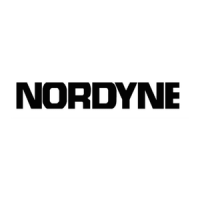

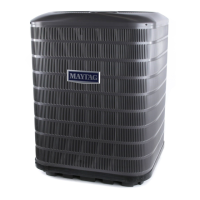
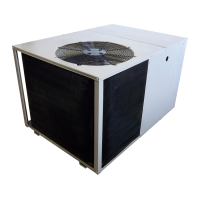


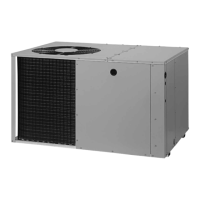

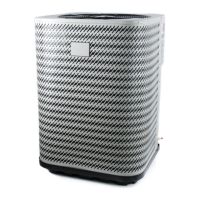
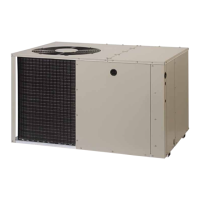

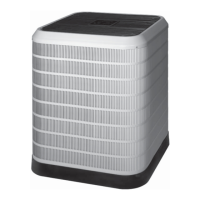
